



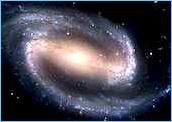

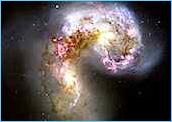

Video
Video
Video

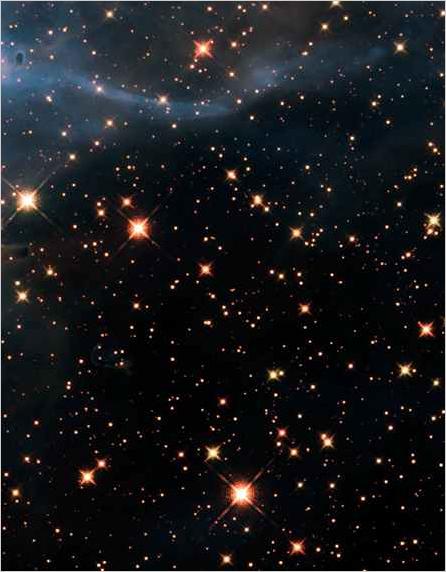
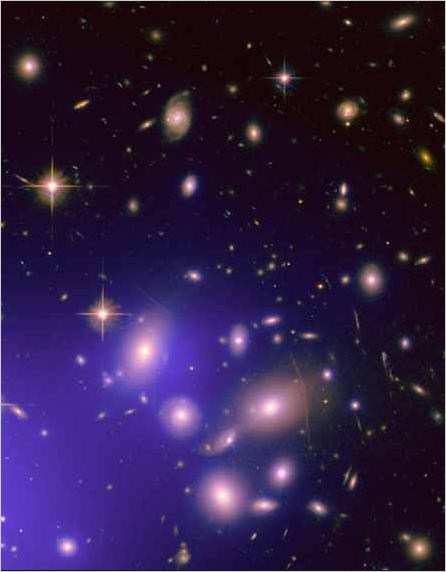
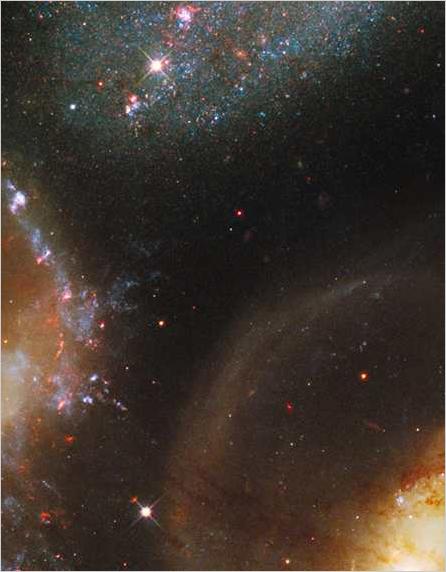
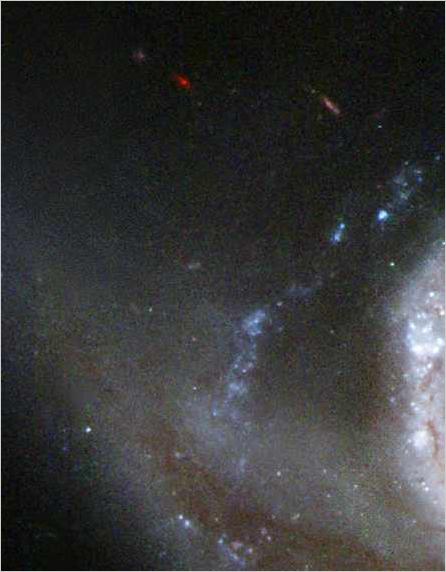
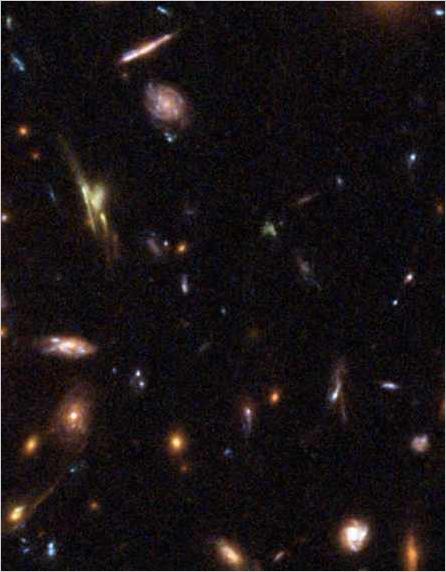
How Big?
As recently as 1920 there was a ‘great debate’ among astronomers. Many thought our Milky Way was the extent of what was out there making a universe about 100,000 light years across (one light year is about six trillion miles). Some, however, saw clues that indicated our galaxy was just one of many. Today, largely because of George Ellery Hale’s giant telescopes, we are now aware of billions of galaxies, some that are 13 billion light years distant. In determining the ultimate size of the universe, a problem exists. When we look out, we see only the past, the way things used to be. The actual universe is certainly far bigger and stranger than we can even imagine.
How did it Happen?
One of the greatest leaps of human awareness happened in 1929 at the Mount Wilson Observatory using Hale’s 100-inch telescope. Astronomer Edwin Hubble discovered evidence for an expanding universe. It was a revolutionary idea that even Einstein was uncomfortable with. If the universe was expanding, how fast was it expanding? Would it continue forever or would it eventually collapse? If it was indeed expanding, then at some point in the distant past, it must have been very much smaller. If you went back far enough, say 14 billion years, logic dictated that it would have been only a fiery speck of creation. In the latter half of the 20th century, the widely accepted evidence for this became known as the Big Bang Theory. It represents one of the most sublime questions we are capable of asking . . . how did it all happen?
What's it Made of?
For or over 100 years, Hale’s telescopes, which were promoted partly as celestial problem solvers, have created as many questions as answers. Astronomers have discovered a host of strange phenomena and bizarre objects in the universe such as dark matter, black holes, quasars, pulsars, gamma ray bursts, and neutron stars. One thimbleful of a typical neutron star weighs as much as an entire mountain on Earth. Some gamma ray bursts (which are currently being detected with the Palomar Hale Telescope) appear to briefly emit as much energy as all the stars in all the visible galaxies--another mystery. It now also seems that most of the matter in the universe is composed of dark matter. It is thought that dark matter, in addition to a newly discovered force dubbed ‘repulsive gravity,’ exceeds visible matter (such as stars and galaxies) by ten times or more. Astronomers know it's there, but they can't see it.

